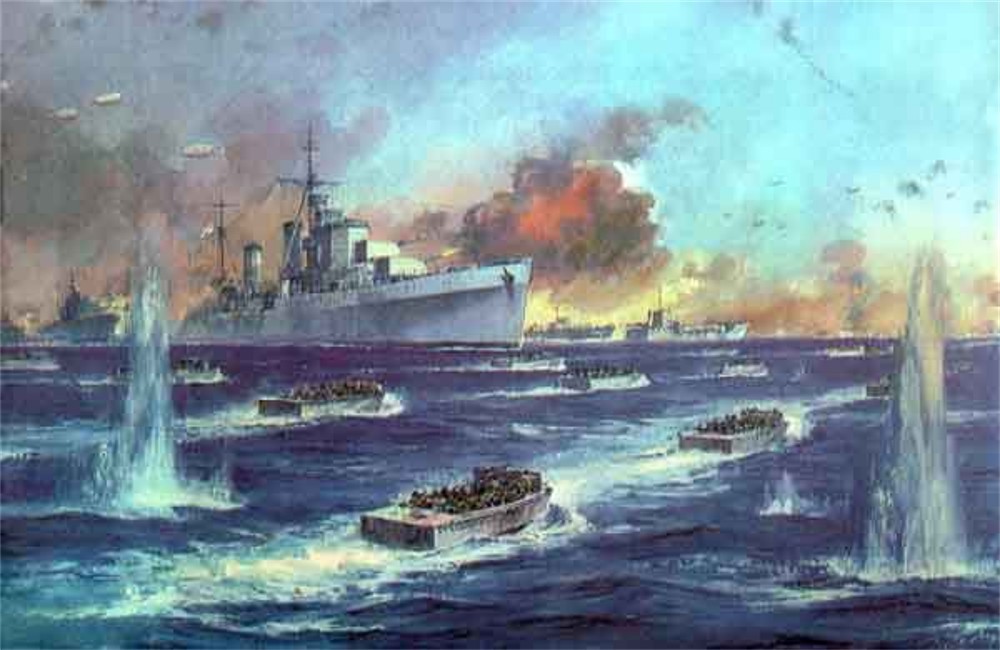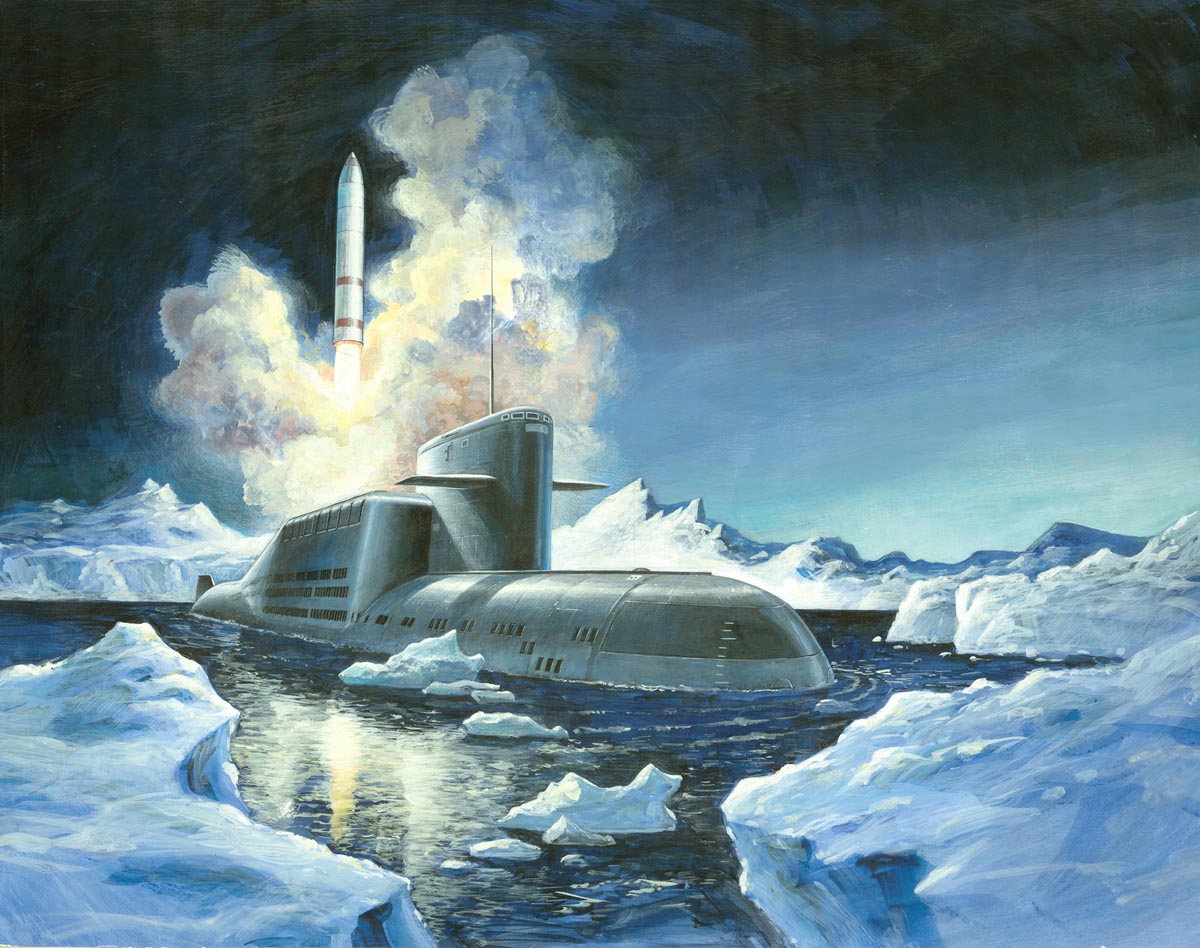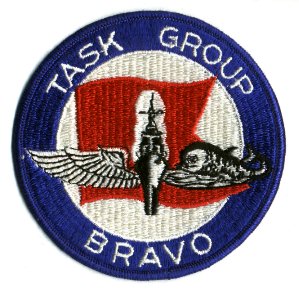Task Force

The concept of a naval task force is as old as navies, but the term came into extensive use originally by the United States Navy around the beginning of 1941, as a way to increase operational flexibility. Prior to that time the assembly of ships for naval operations was referred to as fleets, divisions, or on a smaller scale, squadrons.
Before the Second World War ships were collected in divisions derived from the Royal Navys "division" of the line of battle in which one squadron usually remained under the direct command of the Admiral of the Fleet, one squadron was commanded by a Vice Admiral and one by a Rear Admiral, each of the three squadrons flying different coloured flags, hence the terms flagship and flag officer. The flag of the Fleet Admiral's squadron was red, the Vice Admiral's was white and the Rear Admiral's blue. Although the names "Vice" (from advanced) and "Rear" may have derived from sailing positions within the line at the moment of engagement. In the late 19th century ships were collected in numbered squadrons, which were assigned to named Asiatic Fleet and later numbered fleets.

A task force can be assembled using ships from different divisions and squadrons, without requiring a formal and permanent fleet reorganization, and can be easily dissolved following completion of the operational task. The task force concept worked very well, and by the end of World War II about 100 task forces had been created in the United States Navy alone.

For major combat formations, the Task Force in the operational chain of command is equivalent to the Group in the administrative chain of command. Hence, the operational CTF-x0 Battle Force centered around an aircraft carrier is equivalent to the administrative Carrier Group (CARGRU). although the Carrier Group consists of a single aircraft carrier and associated forces, while the CTF-x0 Battle Force may consist of one or more aircraft carriers and associated forces.

The Battle Force is composed of one or more aircraft carriers, each with an accompanying complement of approximately six cruisers and destroyers. On board the aircraft carrier is an airwing of 65-85 aircraft. The airwing is the primary striking arm of the Battle Force and includes attack, fighter, anti-submarine, command and control, and reconnaissance aircraft. Ships accompanying the carrier serve as defensive and offensive platforms with duties involving anti-air, surface and submarine warfare. In addition to its major role of controlling the seas, the Battle Force can also project its power over land.
The Amphibious Force is the Amphibious Ready Group (ARG). It is composed of three or more amphibious ships and their embarked landing craft and helicopters, occasionally along with attack transports, cargo ships, and mine sweepers. From these ships, US Marine ground forces can move ashore by sea and air on amphibious assault or emergency evacuation missions. Once ashore, the ships of Task Force 61 logistically support the ground forces, until the objective of the landing has been accomplished and the Marine forces return to the ships.

The Landing Force is the combat-ready Marine Expeditionary Unit (MEU). The ground force is composed of approximately 1,800 Marines. The Amphibious Force and the Landing Force combine teamwork of Navy and Marine Corps units to form the Amphibious Task Force. Transported in Amphibious Force ships, the MEU is equipped with armor, artillery and transport helicopters that enable it to conduct operations ashore or evacuate civilians from troubled areas.
The Logistics/Service Force is composed of oilers, provision ships and repair ships, its mission is the delivery of supplies at sea, and effecting repairs to others ships and equipment of the fleet. These mobile logistic support ships which permit the Fleet to enjoy mobility and self-sustenance.

The Patrol Reconnaissance Force Sea Control and Surveillance Force is composed of land-based maritime patrol aircraft. These P-3 Orion patrol aircraft operate over the waters of the Mediterranean in anti-submarine reconnaissance, surveillance, and mining roles, providing the Fleet with essential information on the Mediterranean area.

The Submarine Force is composed of attack submarines that provide the capability to destroy enemy surface ships and submarines as well as protect other Sixth Fleet ships from attack. It is responsible for planning and coordinating area submarine and anti-submarine warfare operations in the Mediterranean.





 Korean War Project
Korean War Project 